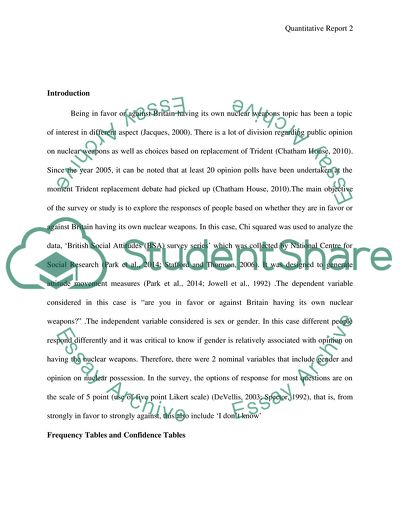Cite this document
(The Responses of People Based on Whether They Are in Favor or against Research Paper, n.d.)
The Responses of People Based on Whether They Are in Favor or against Research Paper. Retrieved from https://studentshare.org/statistics/1855952-about-quantitative-report
The Responses of People Based on Whether They Are in Favor or against Research Paper. Retrieved from https://studentshare.org/statistics/1855952-about-quantitative-report
(The Responses of People Based on Whether They Are in Favor or Against Research Paper)
The Responses of People Based on Whether They Are in Favor or Against Research Paper. https://studentshare.org/statistics/1855952-about-quantitative-report.
The Responses of People Based on Whether They Are in Favor or Against Research Paper. https://studentshare.org/statistics/1855952-about-quantitative-report.
“The Responses of People Based on Whether They Are in Favor or Against Research Paper”, n.d. https://studentshare.org/statistics/1855952-about-quantitative-report.


